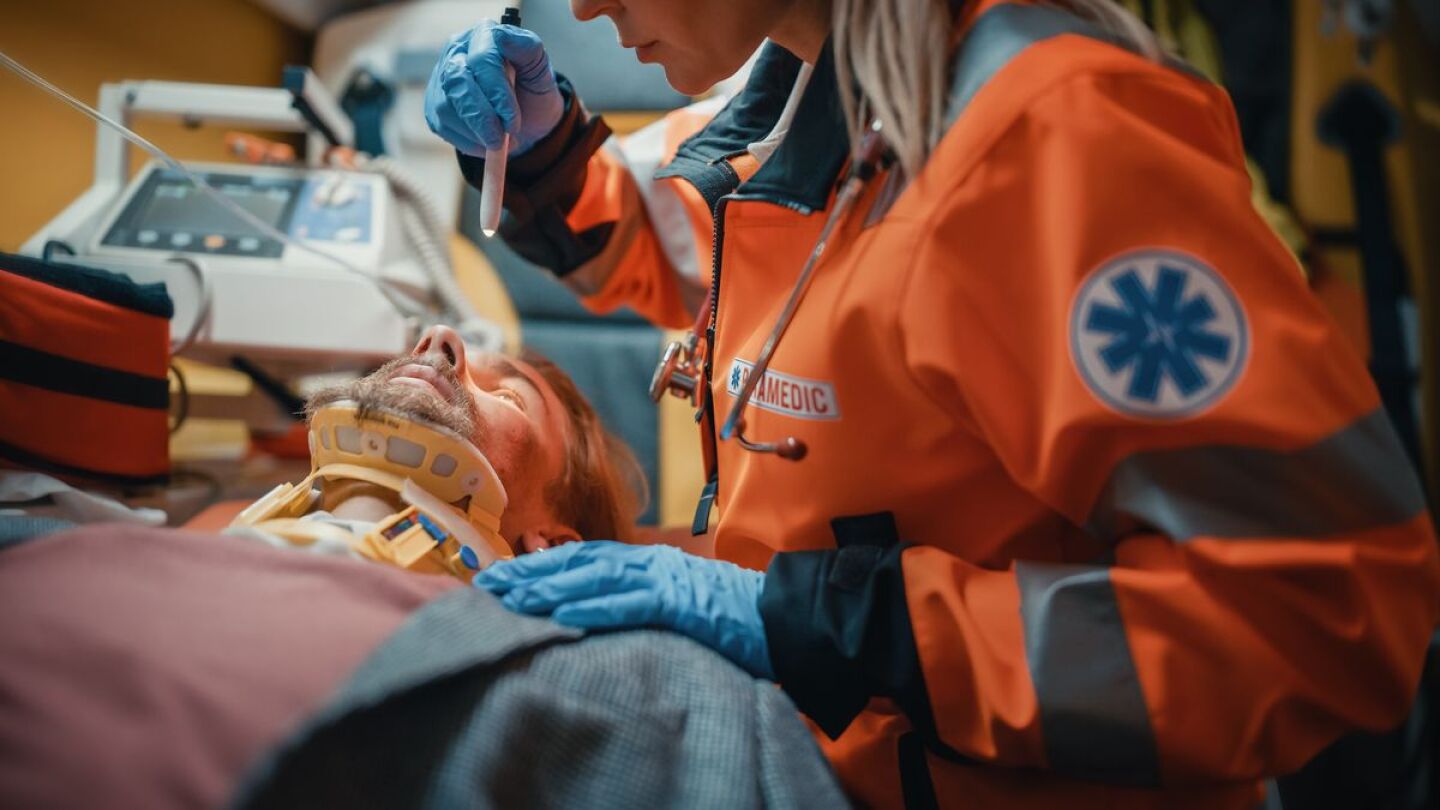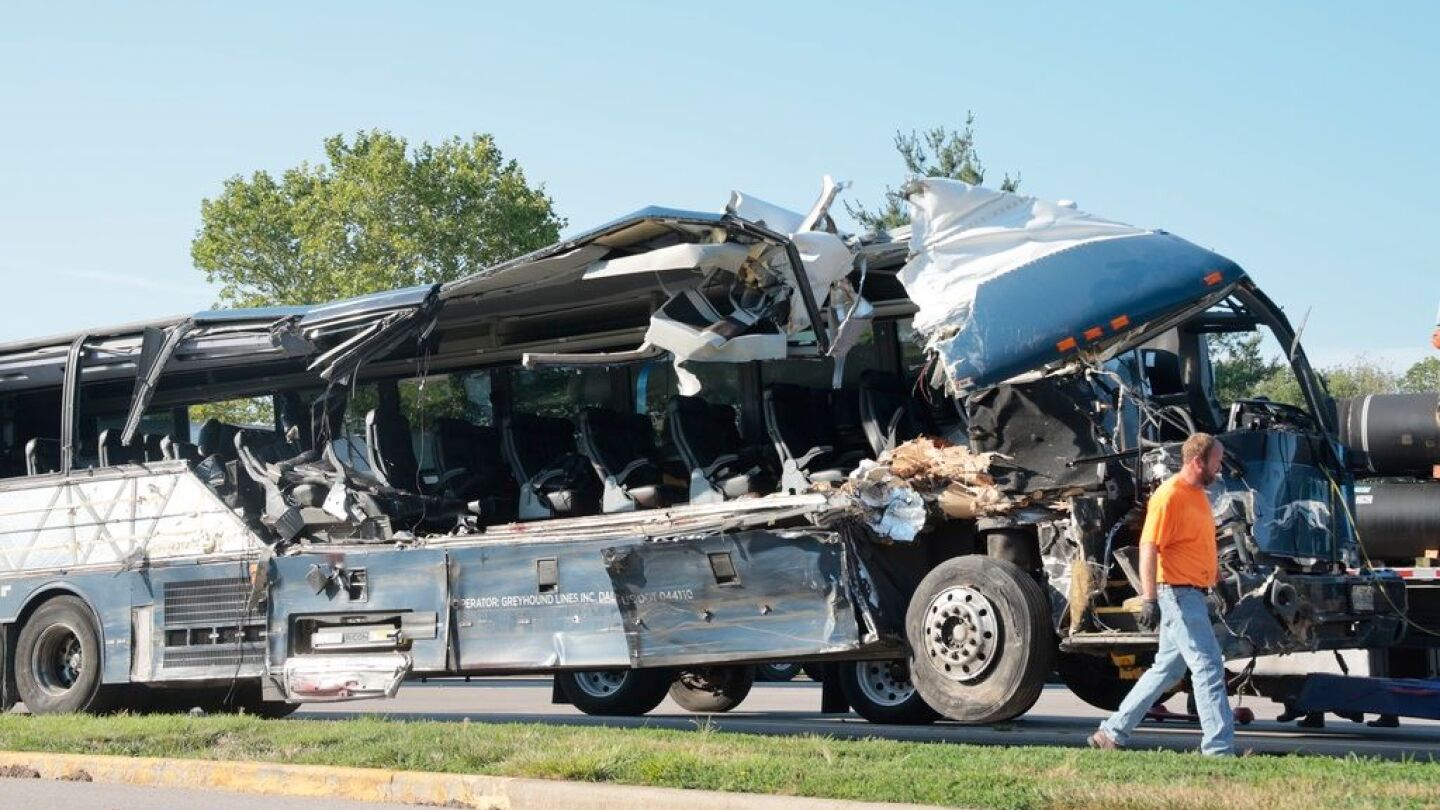Patient Assessment
Patient assessment is the process an EMT or paramedic follows to evaluate an injured or ill patient. The process includes a scene size-up, which is the identification and mitigation of risks, a primary assessment to find and fix life threats and a secondary assessment to perform a focused history and physical exam of the patient. Each step is an opportunity to collect information that will guide treatment and inform a transport decision. In the EMS1 Patient Assessment topic find the latest news about patient assessment and top resources to improve your patient assessment skills.
Steve Whitehead shares how to avoid legal action, negligence or malpractice with the golden rule
Steve Whitehead and Dr. David Tan discuss the EMS response to a patient who is allegedly drunk and has been seen by providers many times in the past
Common agents used in drug-facilitated sexual assault: How to recognize them and how they impact care
One patient suffered life-threatening injuries after falling into a mine shaft in Kern County
Utica first responders treated an injured zookeeper after they “came in contact” with a male African lion
Muriatic acid was stolen from a pool building and poured on slides at a Longmeadow playground
Ed Currie’s Pepper X registers an average of 2.69 million units
The group said the term should not be used by members who testify in civil or criminal cases
Paramedics evaluated, transported three people to hospitals for additional testing as firefighters evacuated judges’ chambers
Learn common triggers, assessment findings, and the different phases and classifications of seizures
While the CPR intervention may prove beneficial, more evidence is needed before it can become a standard of care
An allegedly hidden EMS report leads to an investigation on why Beryl Harman was not transported
The “Remember Two Things” alum is back to offer actionable tips for field providers; new episodes drop twice each month
The PCR is all that stands between you and trouble when you find yourself on the witness stand
A draft resolution moves to discourage physicians serving as expert witnesses from promoting the theory in criminal and civil trials
Avoiding anchoring bias in EMS by balancing speed with safety
A red-flag approach to identifying true emergencies and treating patients with compassion
Goose Creek Fire Department has added nitrous oxide/oxygen systems to its scope of pain management
Revamped triage criteria streamline decision making and relieve the burden on hospital systems
Approach the patient with an intentional primary and secondary survey to avoid letting painful and gruesome wounds distract from life-threatening injuries
Ashley Summers’ brother said she drank approximately 4 bottles of water over 20 minutes and was feeling lightheaded
Nine interactive scenarios designed to enhance your understanding of seizures, strokes and common acute patient presentations
Learn how leprosy presents in patients and how providers can protect themselves when treating someone suffering from the condition
The University of Birmingham team will evaluate saliva, blood and urine samples in those with suspected stroke
A language barrier led to the initial call being dispatched as a medical emergency at a Milford construction site
Helicopters transported 2 patients from the Holliston house explosion to trauma centers in Boston
LAFD firefighters had to extricate three people from the car after it crashed into the camp
Residents reported an explosion in the Newark Housing Authority building that led to the collapse
At least 25 patients were transported to local hospitals after a second-floor deck at a Billings country club collapsed
30 backup batteries for MRI machines had begun “off-gassing,” creating a hazmat incident in the Tampa facility
At least 4 patients were flown to hospitals from the I-70 crash near Highland
Ladders and ropes were used to remove some passengers in the Manhattan bus collision
Medical helicopters flew 5 teens to Memorial Hermann hospital in Houston
MOST POPULAR
- 10 essential tips to detect atrial flutter with 2:1 conduction on ECG
- 3 ways community paramedics can assist with after-stroke care
- New W.Va. law allows EMS providers to ‘treat-in-place’ at homes instead of transport
- Utah crews work for 3 hours to rescue teen, trapped on trail with fractured femur
- 10 tips for great prehospital splints



























